This month marks the 40th anniversary of the release of The Clash‘s fifth and most commercially successful studio album. An album many hardcore fans still regard as the band’s sellout LP. “How wrong they are,” says Punktuation’s Molly Tie.
This month marked 40 years- a whole FOUR DECADES- since The Clash released their fifth album ‘Combat Rock’. Following on from the hugely successful and career-defining album ‘London Calling’ and the experimental, more polarising ‘Sandinista!’, Combat Rock always had a problematic band narrative to squeeze itself into.
It was undoubtedly a successful album – reaching number two on the UK charts and top 10 in the US, and remains their best-selling album to date.
This is possibly due to the presence on the album of two of the band’s most popular songs commercially speaking – ‘Should I Stay or Should I Go?‘ and ‘Rock the Casbah‘ – both instantly recognisable singles and songs most likely to be recognised by vast swathes of the general public.
It was only the previous year – 1981- that the band had caused a stir in the US when they ended up playing 17 solid shows at NYC’s Bond’s International Casino to ensure every ticket holder was able to get what they paid for – The Clash in concert.
The US saga was demonstrative of the band’s success and popularity and seemed to signal the fulfilment of a dream they once had as a group to make it in America. In reality, the band were exhausted, conflicted, losing a grip on the band’s direction and heading towards burnout.
As Strummer later said of the period: “We were tired. Tired of each other. Tired of the road. Tired of the studio”.
Road plus studio plus bandmates pretty much equals the entirety of the band’s life at that point. So without taking time out to address the growing fatigue and boredom, they were without a doubt going to slide into crisis.
Despite this, the Clash embarked on recording their fifth album. Known by the working title Rat Patrol From Fort Bragg during the recording process, the album saw the band return to ‘Electric Lady Studios in NYC, the studio that had nurtured their previous release.
All was not well in the band’s camp at the point of recording – tensions had festered to the point that the band members were like ships passing in the night, working on many parts in silo and keeping a distance. Turbulence swirled around them, and discontent percolated.
Strummer (with Simonon’s blessing) had advocated bringing back their original manager Bernie Rhodes, ditching their more corporate caretakers at Black Hill Enterprises, to recapture the sense of anarchic energy, youthful enthusiasm and adventure that had gotten them this far but was now clearly fizzling out.
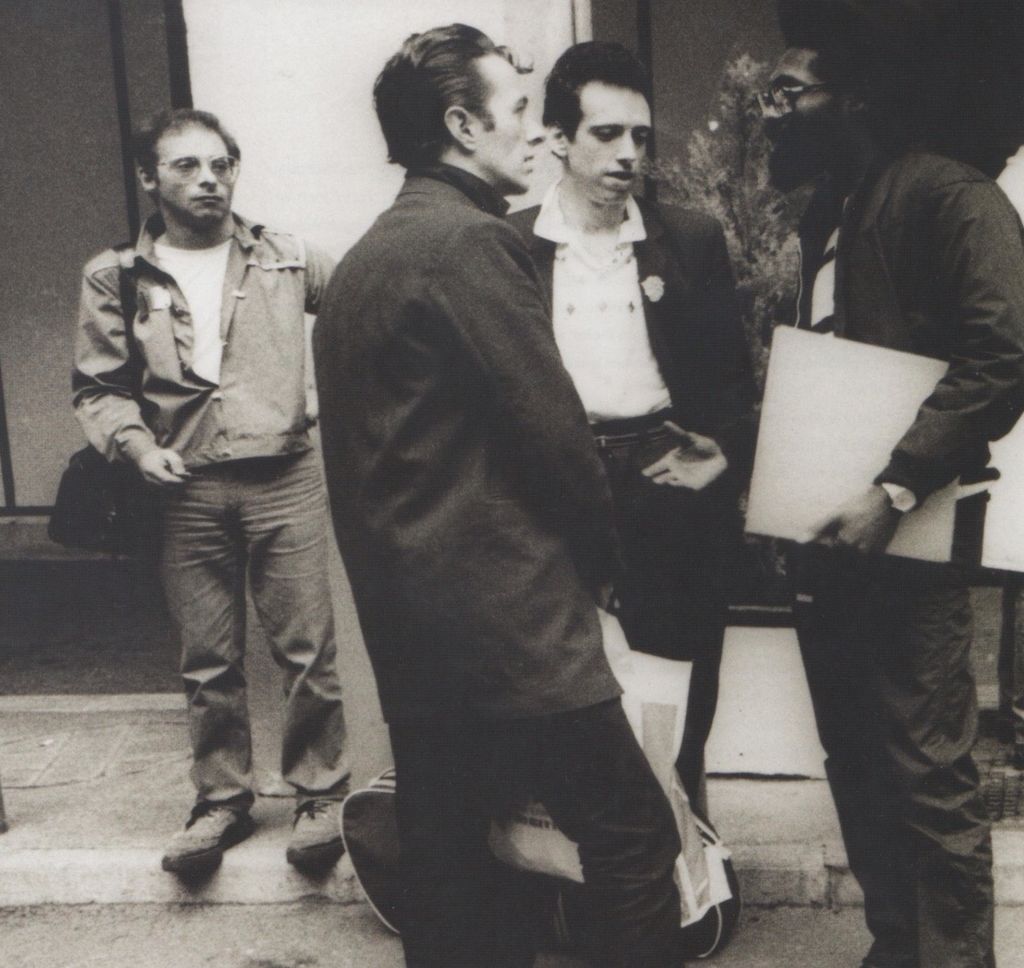
This was not welcomed by Jones, who was drifting further away from the rest of the band in terms of musical direction and general ambition. Drummer Topper Headon was also ddrifting for a far more devastating reason- his increasing reliance on substances such as heroin and cocaine.
Shortly after recording, a series of decisions would see the whole thing eroding at the edges before collapsing completely – the removal of Topper and Jones, Strummer doing a runner to Paris and an exhaustive tour around Asia and Australia.
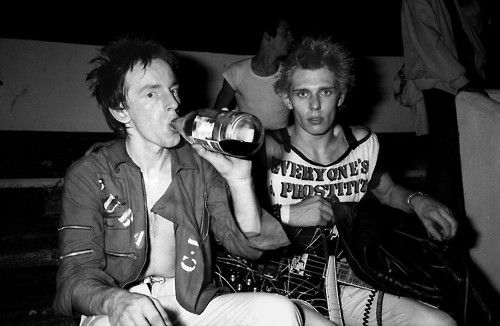
The album that resulted from the mixing skills of Glyn Johns was a shorter and snappier affair than it was going to be after Jones had presented his final mix- one that was not to the band’s taste. The 12-song final product – Combat Rock – seems appropriately paced and positively restrained following the 36-track epic that is Sandinista! Whilst it may be short and focused in terms of length, the actual content is a slightly different matter.
If there is a theme, it seems to be America. And if there is a more specific motif throughout, then, it is one of conflict, violence, militarism and imperialism. The band was influenced by Francis Ford Coppola’s ‘Apocalypse Now’, and the Vietnam War looms large over many tracks.
The preoccupation with the US lingered on its societal upheavals and events that suggested an empire in trouble, crumbling from the inside and the outside, with pressures internal and external. Songs addressed specific events that were culturally significant to America (Red Angel Dragnet referred to the 1982 murder of Frank Melvin, a member of the Guardian Angels) and featured figures synonymous with the American counterculture (beat poet Allen Ginsburg in Ghetto Defendant).
Although some may have felt that the band had become too interested in living in the US (what happened to being bored with the USA?), the themes and rhetoric of much of the album are a callout to the dispossessed, disenfranchised, bullied, beaten and just generally fucked-over.
The album opens with the line “this is a public service announcement with guitars” as the opening riff of ‘Know Your Rights‘ kicks in, and it does seem like that is the intention- consider all these ideas, observations, vignettes and concepts and get wise to what is happening around the world. This time, Strummer moved into his ‘rebel rock’ period that would see him embrace his most politicised period.
It certainly wasn’t out of place to comment on the actions of the world’s military and cultural hegemon; after all this was the decade that punk railed against the ills of US policy, both foreign and domestic. It had been two years since The Dead Kennedys had released ‘Fresh Fruit for Rotting Vegetables’, and the American independent/hardcore punk scene would be taking up the mantle of overt political commentary for the duration of the Reagan presidency. The ideological animosities of the Cold War would also loom large in the consciousness of music listeners around the world.
Although commercially successful, general appreciation of Combat Rock perhaps suffers from being caught in a sense of flux in the grand scheme of The Clash’s story.
For many, it has the same flaw that people found with Sandinista! – a sense that there was a lack of cohesion in terms of sound, that the experimentation that, on the one hand, elevates The Clash above most of their peers opens them up to accusations of disunity and confusion, or at worst, of losing the plot completely and selling out.
At least with Sandinista! there is still an acknowledgement that, although long and sprawling, the album is an impressive feat of musical effort, and an exhaustive documentation of all the band could muster at that point in time. There’s not quite the same sense of awe or grandiosity with Combat Rock.
Assigning a genre to the album is as challenging as it is with previous albums of theirs as they incorporate and experiment with many different genres and styles, not many of them traditional punk in nature or sound. It is at times relatively dark and foreboding, poignant and effecting (Straight to Hell), jaunty and sing-along (Car Jamming) and then funky pop (Rock the Casbah).
It feels like there are attempts to have a good time- the intro to Red Angel Dragnet, the pop chops of Rock The Casbah but it never quite has the abandon of previous recordings. It doesn’t sound like anyone is having a good time.
The spectre of financial issues (the band owed their record label CBS a pretty substantial amount of money) and the weight of trying to maintain some sense of punk-like accessibility keeping costs low to fans was finally starting to catch up with the band. Heavy is the head that wears the crown, and fatigued is the brain that leads a band like The Clash.
Once you hit ‘Overpowered By Funk’ halfway through the album, there is a distinct change in tone and musicality. The magic of the band was their respective musical interests:
“We always took on the music that was going on around us on board and made it part of our thing”- Jones.
Topper had a background as a soul drummer, Simonon was a reggae aficionado, Strummer liked old -school rhythm and blues, and Jones was fascinated by the emerging sounds of a turbulent but vibrant NYC, namely hip hop and rap.
The latter had already been incorporated into Sandinista! with tracks like Magnificent Seven– the inclusion in Combat Rock doesn’t seem quite at home. By the time we get to tracks such as Sean Flynn,there is a sense of unease in a barren landscape, and perhaps it is this side of the LP that starts to chip away at some of the goodwill that the first side racks up.
Can a band that is held together relatively loosely make a tight and formidable album if everything has to be stitched together as the sum of its parts? I’m sure many bands can, and The Clash did manage to produce another interesting work of art with Combat Rock, with some enduringly popular and standout tracks that remain fan favourites- Straight to Hell, Know Your Rights and Rock the Casbah are sure to make many people’s Clash top 10.
It does seem to have been the beginning of the end for the band, left floundering, conflicted and exhausted. Without the pursuit and the struggle that characterised their early days, the focus and purpose of the band seemed lost.
But it is a testament to the creativity, talent and grit present in the band that even when they were worn down by the many challenges that were starting to pile on top of them, they still managed to give the world tracks that evidenced why some will always consider them as the only band that ever mattered.
Now, a special edition of the album has arrived to mark this significant anniversary.
Entitled ‘Combat Rock / The People’s Hall’, the original record now comes with 12 additional tracks compiled by the surviving members of The Clash. Also the band’s collaborations with the late Ranking Roger has receive their first-ever official release within a separate two-track EP. Both album and EP were both released on May 20.
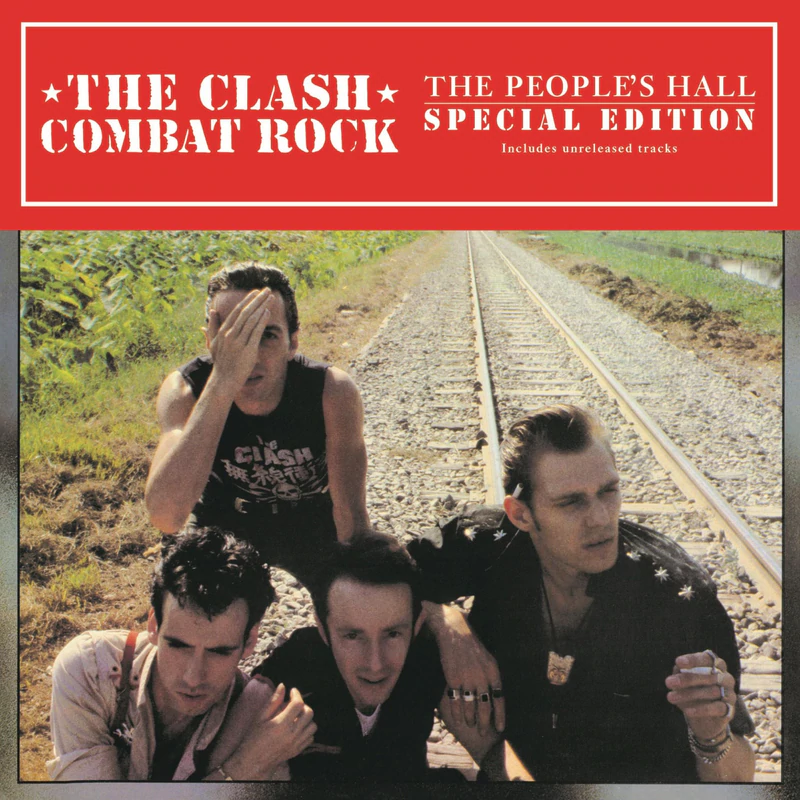
Follow The Clash on their Socials
Feeling lucky, punk?
- The Life of Punk and Fashion Icon Jordan To Be Celebrated.
- Steve Jones and Paul Cook attend the global premiere of new original series Pistol in London
- ‘A great joy’: punk laureate Patti Smith granted France’s highest honour.
- Pollyanna show their softer side on new acoustic track ‘Pathetic’
- Sophie Powers is Seeing ‘Red In Revenge’
- Baby Strange Drop New Track ‘Poor Old Me’
- ALBUM REVIEW: State Champs – ‘Kings of the New Age’
- Alexx Bean is Anything But Fading in Latest Single
- As It Is Drop Video For I Hate Me Too
- State Champs Release New Album ‘Kings Of The New Age’
- Rip Room Debut Dead When It Started
- Dear Spring Share New Single Newspeak
- Kathleen Turner Overdrive find high gear to reveal new single ‘Unseen’
- Grizzlyshark Release Driving New Single
- Cliffdiver jump into action releasing new album Exercise Your Demons
- Simple Plan Release Highly Anticipated New Album
- Silverstein Release New Single Feat. Nothing, Nowhere
I’m Molly Tie- I Love punk! I play drums (badly), write a lot about punk (not as badly) and I’m particularly interested in issues relating to women in the music scene.






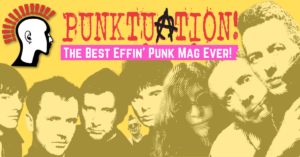 Did you know that we are 100% DIY? We run our own game. No one dictates to us, and no one drives what we can or cannot put on our pages – and this is how we plan to continue!
Did you know that we are 100% DIY? We run our own game. No one dictates to us, and no one drives what we can or cannot put on our pages – and this is how we plan to continue!